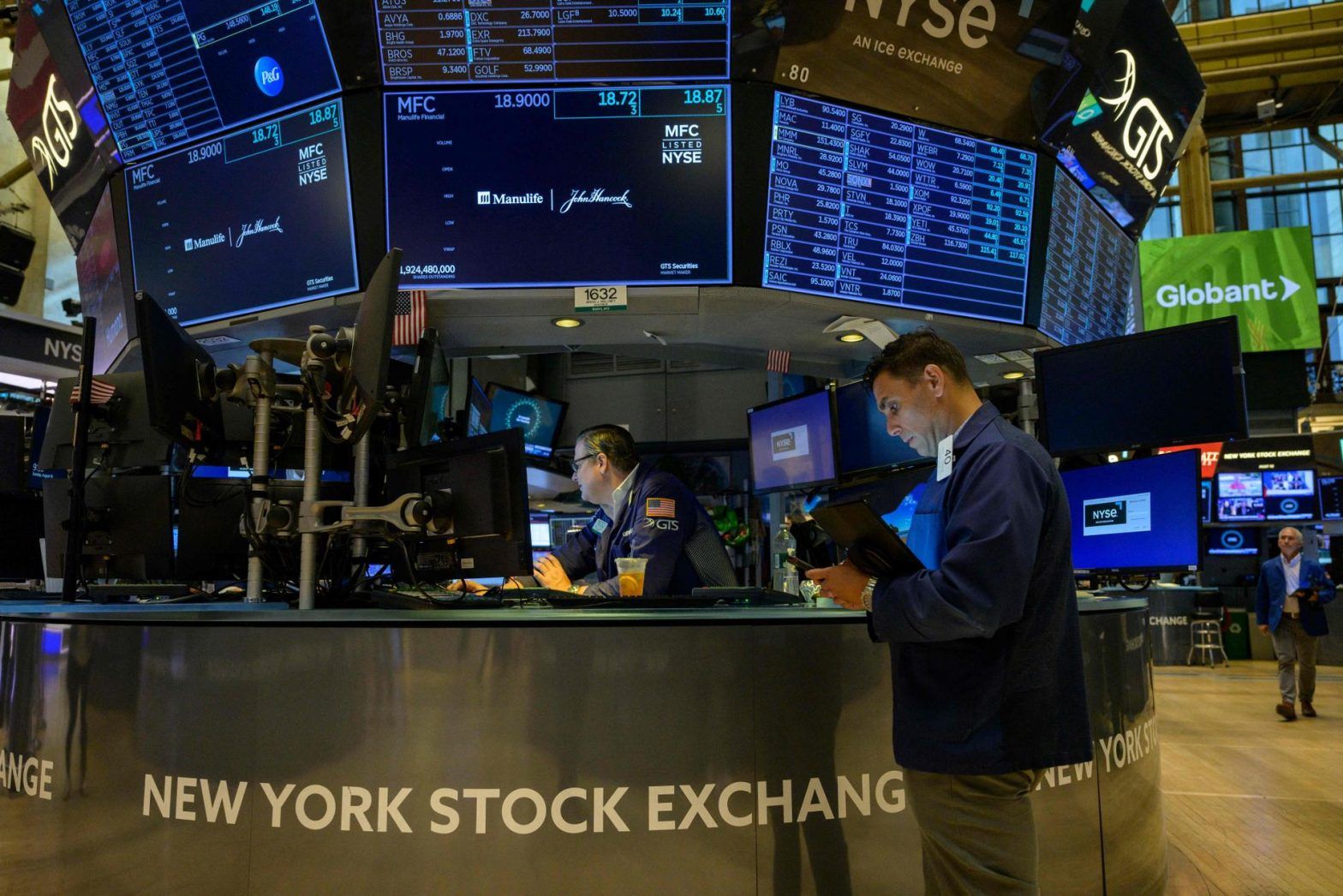Forex
Nasdaq index dropping today: seventh day of declines

The Nasdaq Composite index closed in the negative for the first time since 2016 for the seventh trading day in a row. Another bad news, for it was good US economic statistics.
Almost two weeks have passed since August 26, but the negative impulse given to tech stocks by the “hawkish” speech of Fed Chairman Jerome Powell still will not fade. The Nasdaq Composite lost another 0.74% yesterday, marking the rarest streak of seven consecutive days of decline.
Why is the Nasdaq dropping?
The head of the Fed was able to finally convince the public that monetary policy will quickly tighten in the fight against inflation. That took a toll on rate-sensitive tech stocks, with the Nasdaq index dropping 12.42% today from its August peak and 28.79% from its all-time high.
But other securities are also getting cheaper. The market fears that the Fed might be wrong to tighten policy and send the economy into a recession. Strong economic statistics, which seem to suggest that the chances of a “soft landing” are growing, are perceived by them as evidence that the regulator, encouraged by it, will get carried away.
The ISM Non-Manufacturing PMI rose to 56.9 in August, the second straight increase after three months of decline. Analysts had expected a drop to 55. That was good news for the economy and bad news for the market.
The yield on the benchmark 10-year U.S. Treasury soared to 3.365%, back to mid-June levels. In 2-years it jumped to 3.522%, again near last week’s peak when it rewrote its high from 2007. The futures market immediately overestimated the likelihood of a 75bp rate hike at the Fed’s next meeting. According to the CME FedWatch Tool, the odds of that rose to 74% from 57% in previous trading.
This contributed to the decline in stocks — and the Dow Jones Industrial Average closed 0.55% and the S&P 500 was down 0.41%. Their share of tech stocks is lower than the Nasdaq, and they didn’t repeat its streak: these indices have fallen only six days out of the last seven. But they also noticeably moved away from their August peak: the Dow fell 9.15% and the S&P 500 rose 9.64%.
Nonetheless, the broad market index has so far managed to close above strong support around 3,900 points, although it looked lower yesterday. That level has been watched by many since early September.
Earlier, we reported that the Euro exchange rate daily declines against the dollar on fears of a worsening energy crisis.

 Forex3 years ago
Forex3 years agoForex Today: the dollar is gaining strength amid gloomy sentiment at the start of the Fed’s week

 Forex3 years ago
Forex3 years agoUnbiased review of Pocket Option broker

 Forex3 years ago
Forex3 years agoDollar to pound sterling exchange rate today: Pound plummeted to its lowest since 1985

 Forex3 years ago
Forex3 years agoHow is the Australian dollar doing today?

 Cryptocurrency3 years ago
Cryptocurrency3 years agoWhat happened in the crypto market – current events today

 World3 years ago
World3 years agoWhy are modern video games an art form?

 Commodities3 years ago
Commodities3 years agoCopper continues to fall in price on expectations of lower demand in China

 Economy3 years ago
Economy3 years agoCrude oil tankers double in price due to EU anti-Russian sanctions





















